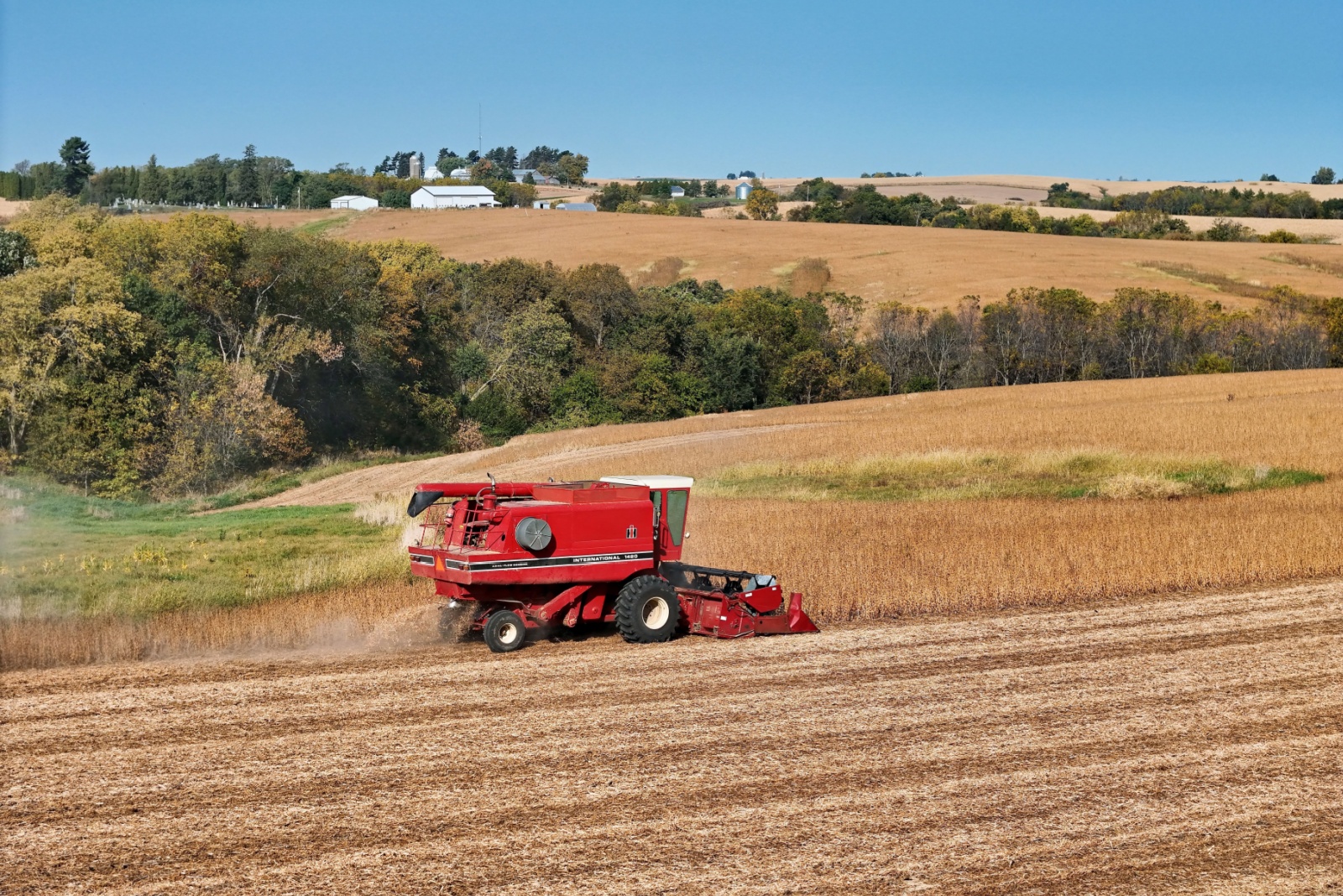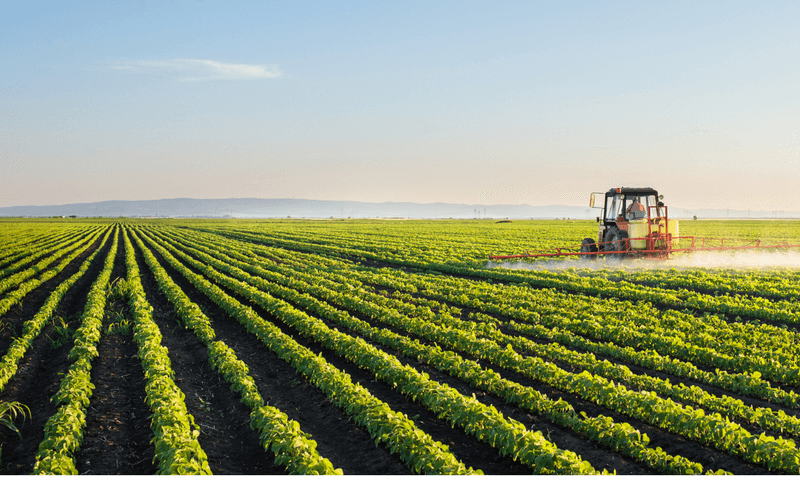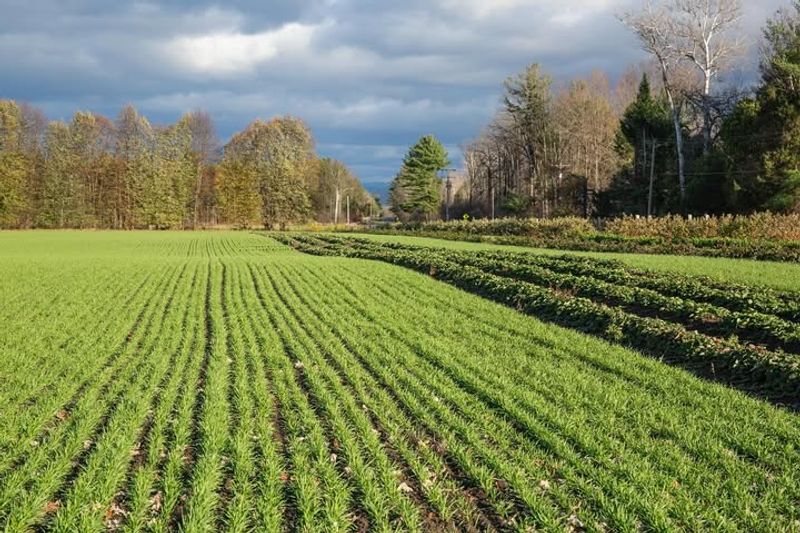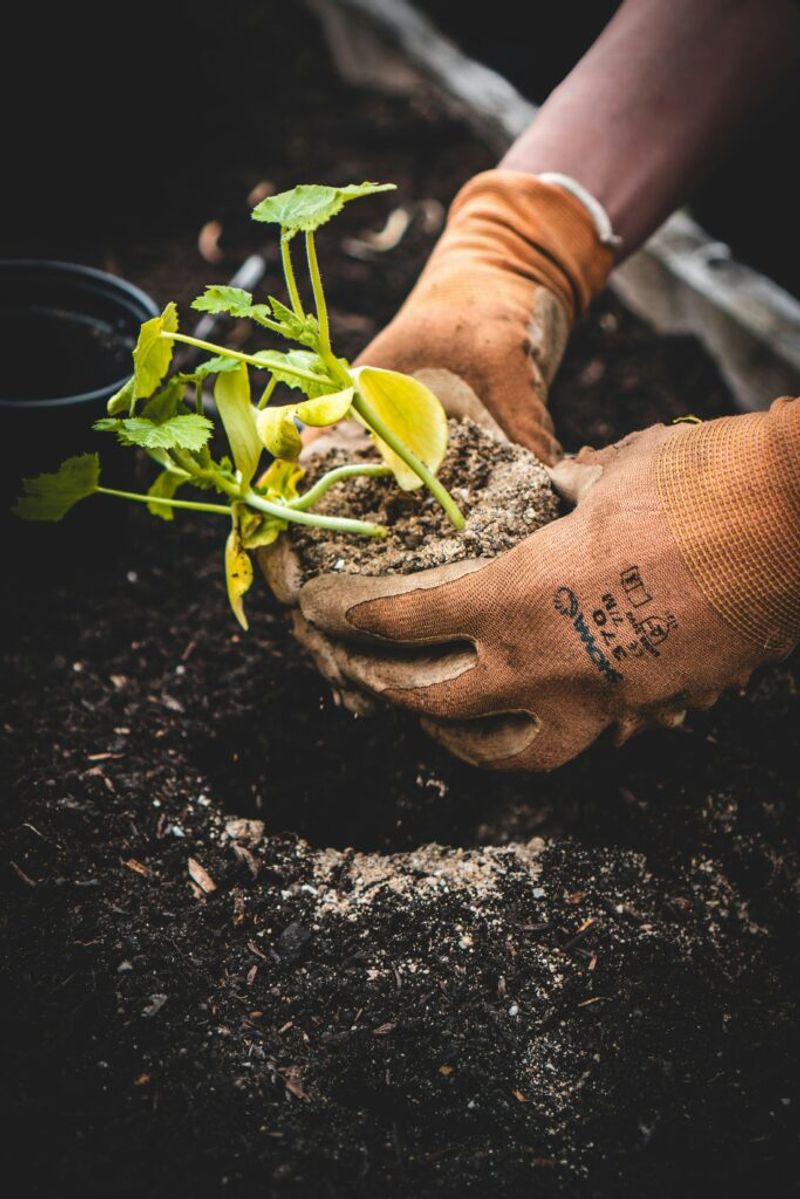New research is shining a harsh light on Iowa—one of America’s most important agricultural powerhouses. While the state’s vast corn and soybean fields help feed the nation, scientists say the farming methods used to sustain those high yields are quietly eroding the very soil they depend on.
And the consequences don’t stop at Iowa’s borders. From weakened soil structure to nutrient depletion and increased vulnerability to extreme weather, these issues ripple outward, threatening long-term food security far beyond the Midwest.
The findings paint a sobering picture: what happens in Iowa’s fields could shape the future of global agriculture.
1. Corn And Soybean Monoculture Dominates Iowa Fields
Growing the same two crops year after year has become standard practice across Iowa’s landscape. Farmers plant corn one season and soybeans the next, creating a simple rotation that seems efficient.
However, this pattern exhausts specific nutrients from the soil while leaving others unused. Natural ecosystems thrive on diversity, but Iowa’s fields lack the variety needed to maintain healthy soil biology and structure over time.
2. Topsoil Erosion Reaches Alarming Rates
Every rainstorm washes away precious topsoil from Iowa’s farmland, carrying it into rivers and streams. Scientists estimate that some fields lose soil 10 times faster than nature can rebuild it.
This dark, nutrient-rich layer took thousands of years to form, yet it disappears within decades under current farming methods. Without topsoil, crops struggle to grow, and farmers must rely more heavily on chemical fertilizers to compensate for what nature once provided freely.
3. Chemical Fertilizers Harm Soil Microorganisms
Billions of tiny creatures live in healthy soil, breaking down organic matter and helping plants absorb nutrients. Heavy fertilizer use disrupts this underground ecosystem, destroying beneficial bacteria and fungi.
When these microorganisms disappear, soil becomes lifeless dirt that depends entirely on chemical inputs. Farmers find themselves trapped in a cycle where they need more fertilizers each year because the natural soil processes have been damaged beyond easy repair.
4. Reduced Crop Diversity Threatens Global Food Supply
Iowa produces massive amounts of corn and soybeans that feed livestock and create processed food ingredients worldwide. When one region focuses so heavily on just two crops, global food security becomes vulnerable.
Disease outbreaks, climate disasters, or pest problems could wipe out entire harvests, creating shortages that ripple across continents. Relying on limited crop varieties from concentrated areas puts the world’s food system at serious risk during uncertain times.
5. Lack Of Cover Crops Leaves Soil Exposed
After harvest, many Iowa fields sit bare and unprotected through fall and winter months. Wind and water easily attack this exposed soil, carrying away nutrients and organic matter.
Cover crops like rye or clover could shield the ground while adding nitrogen and preventing erosion. Unfortunately, most farmers skip this step to save time and money, even though bare fields steadily lose their productive capacity with each passing season.
6. Compacted Soil Prevents Water Absorption
Heavy farm equipment crushes soil particles together, creating dense layers that water cannot penetrate easily. Compacted ground acts like pavement, causing rainfall to run off instead of soaking in.
Roots struggle to push through these hardened zones, limiting how deep plants can grow and access moisture during dry spells. Farmers notice more flooding and drought problems as their fields lose the natural ability to absorb and store water properly.







